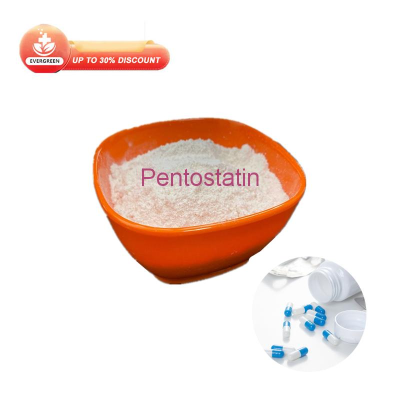-
Categories
-
Pharmaceutical Intermediates
-
Active Pharmaceutical Ingredients
-
Food Additives
- Industrial Coatings
- Agrochemicals
- Dyes and Pigments
- Surfactant
- Flavors and Fragrances
- Chemical Reagents
- Catalyst and Auxiliary
- Natural Products
- Inorganic Chemistry
-
Organic Chemistry
-
Biochemical Engineering
- Analytical Chemistry
- Cosmetic Ingredient
-
Pharmaceutical Intermediates
Promotion
ECHEMI Mall
Wholesale
Weekly Price
Exhibition
News
-
Trade Service
Breast cancer (BC) as a common female malignancies, is a major cause of cancer death in women 4th.
-negative breast cancer (TNBC) as the most malignant breast cancer subtype, accounting for 15-25% of BC cases.
is characterized by a lack of ER, PR and HER2 subjects.
, radiotherapy and chemotherapy remain the preferred treatment strategies for TNBC patients.
, however, the overall survival rate of TNBC patients remained low due to relapses of disease, invasive tumor growth, and tumor recurrence at the far end.
lncRNA (long non-coding RNA) is a class of RNA that is larger than 200 nucleotides in length and has no ability to encode proteins.
previous studies have shown that lncRNA can play a vital role in the biological and pathological processes through a variety of mechanisms.
LncRNA PCAT6 (prostate cancer-related transcript 6) is a common cancer gene in non-small cell lung cancer.
study revealed the role of PCAT6 on TNBC.
using functional experiments such as EdU staining, wound healing experiments, transwell chamber experiments, and immunofluorescence staining, PCAT6 can promote TNBC cell proliferation, migration, and EMT processes.
angiogenesic experiments show that PCAT6 has a catolysing function on angiogenesics.
further studies have shown that VEGF secreted by M2 macrophages stimulates the expression of PCAT6, which promotes angiogenesphage in TNBC.
bioinficial analysis and mechanism studies have shown that PCAT6 is able to positively regulate the expression level of VEGFR2 in the form of ceRNA, and then participate in the VEGFR/AKT/mTOR signal transduce path and accelerate blood vessel production.
, PCAT6 is able to bind to USP14, a de-ubiline enzyme, and induce the de-ubiguation of VEGFR2.
overall, the expression of M2 macrophage-induced lncRNA PCAT6 can regulate the expression level of VEGFR2 through ceRNA form and de-ubibination, thus promoting the occurrence of triple-negative breast cancer.
.







